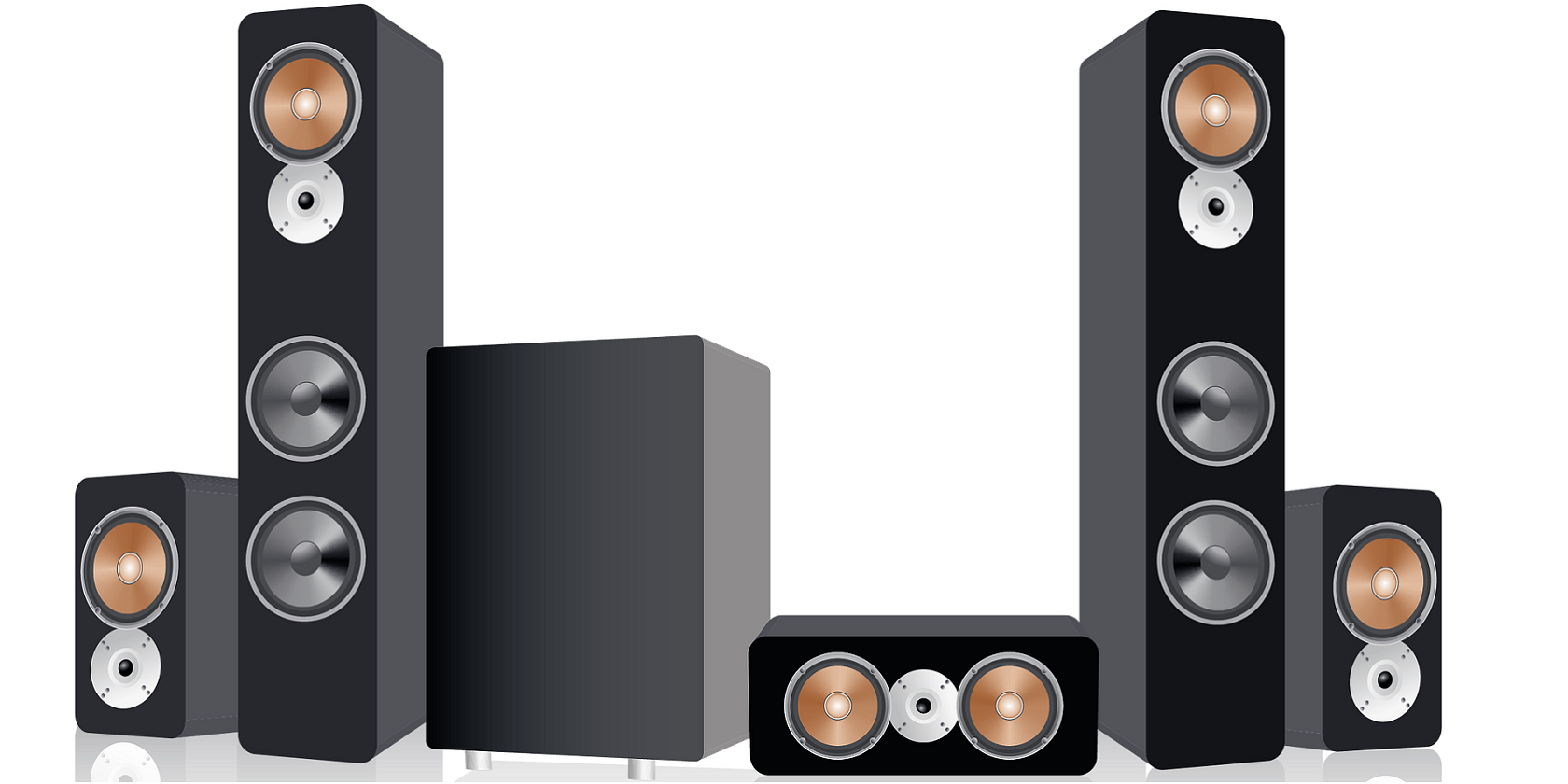If you’ve had your ear to the ground then you’ve probably heard of 3D audio. Some experts are now claiming that 3D audio is the future of sound.
But, is 3D audio different from surround sound? These two terms sound very similar and are often used interchangeably, but 3D audio and surround sound are two distinct audio systems with considerable differences in how they work and the sound they produce.
Thanks to new gaming systems showing support for this technology, including the PS5 and some virtual reality systems (like Sony’s Project Morpheus), 3D sound is seeing a new surge in popularity.
3D Sound Is Different From Surround Sound
Surround sound can be defined as a sound system in which the audio can be heard from four directions – to your left, right, front, and back. Surround sound was first used in movie theatres and was undoubtedly revolutionary when it hit the market.
Surround sound usually utilizes at least six speakers in a specific arrangement. For instance, the International Telecommunication Union (ITU) recommends six speakers (known as 5.1 surround sound). One speaker in front of the listener, two at 60° to the left and right, two at 100-120°, slightly behind the listener, and a subwoofer. Another common arrangement is 7.1 surround sound (with eight total speakers).
This is shown below with the white square being the listener and the five black squares representing the speakers (other than the subwoofer).
Most people know how surround sound actually sounds. It allows a much more immersive experience than two-speaker sound systems, providing an illusion of sound spatialization in the brain (when you perceive sounds coming from different directions).
But, at the end of the day, surround sound is generally two-dimensional. That is, you can perceive sound all around you but never above or below you. So how does 3D audio differ?
How Does 3D Sound Work?
To put it simply, 3D sound takes normal sound effects produced by speakers and processes them in such a way that the sounds are virtually placed anywhere in the three-dimensional space around the listener.
In reality, the perceived difference with 3D sound comes from tricking the listener’s brain into thinking sounds are coming from different directions in 3D space around them.
With surround sound, it’s only possible to have sounds coming from four or so directions. In comparison, 3D sound enables the listener to perceive sound from every direction – including above and below them.
Further, the best 3D sound technology enables listeners to pinpoint the directional sound. For example, you might be able to hear a person walking right behind you, or making noise on the floor above you.
How Does 3D Sound Work – The Detailed Version
The development of 3D audio is relatively complicated. Humans only have two ears, yet the human brain has figured out ways to determine the direction of sound all around it. The brain figures sound direction out from specific fluctuations in sound waves.
One example of this is if a sound is coming from your left. The sound wave will hit your left ear first and be delayed and dampened by your skull before it hits your right ear. Your brain processes this information and you perceive the direction of the sound.
To work out exactly how sound changes as it reaches our ears, technicians developed “multi-eared” mannikins which had sensitive microphones in fake ear canals. They then measured how the sound changes as it travels through the air to each of the microphones. This transformation of sound from a point in space to the ear is called a head-related transfer function (HRTF).
Once these data were in hand, it was possible to develop a sound system (or headphones) that mimics the way that real sound works, tricking the human brain into thinking that the audio is truly three-dimensional.
3D Audio Headphones
3D audio will likely revolutionize the theatre experience, but where it will likely take off is in the headphone market.
3D Audio Headphones and Gaming
Some gaming consoles like the PS5 already support 3D audio, and we’re likely to see much more of this in coming years. The difference in immersion is hard to understate when it comes to 3D audio and gaming. It will mean a virtually “real-life” sound experience.
Genres of gaming like horror and first-person shooters will be able to offer a level of sound quality never seen before. As those who play first-person shooters know, some games just have terrible directional audio. 3D audio will mean that in a first-person shooter, players will be able to pinpoint their enemies’ location regardless of their direction and distance in-game relative to the player.
In other words, 3D audio could drastically improve the quality and immersion in gaming.
3D Audio Headphones and VR
Similar to gaming, newer virtual reality systems already offer an incredibly immersive virtual experience. Far from staring into a computer monitor, with VR you can actually feel like you’re moving around inside the virtual world.
But visual virtual reality is one thing. You can’t see what’s happening behind or above you, but with 3D audio headphones, you’ll be able to hear it. This difference in immersion, combined with graphical improvement, could complete the VR experience.
The Disadvantage of 3D Audio
3D sound systems are likely to be the future of sound. The drastic improvement they can offer in sound and immersive quality will be beneficial to every sound-related industry from music to cinema to gaming.
However, the major problem is that much of our household tech doesn’t yet support 3D audio. You might be able to go out and buy fantastic new 3D audio headphones, but they won’t make any difference if the game console or TV aren’t encoded to support 3D sound.
So unless you’re willing to go out and upgrade your other devices, you could be out of luck. And further, at least for now, this tech barrier may prove to be prohibitively expensive for some consumers.
Is 3D Audio For You?
To summarize: 3D audio is drastically different from traditional surround sound. Surround sound offers some level of directional audio, for instance in front, behind, and to the sides of the listener. But 3D sound systems can place sound virtually in any space around the listener—including above and below—by tricking the listener’s ears.
For certain industries like gaming and music, this technology shift could bring about radical changes in the quality of sound production and the immersion of sound-reliant products.
About The Author

